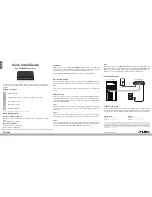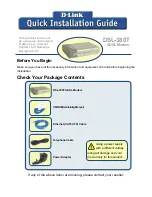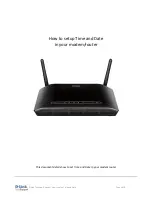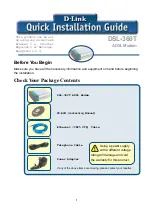
Company Confidential
23
Raveon Technologies Corp.
R3
Serial Port time out
– Number of mS of no activity on
the serial port before transmitting the data in its buffer.
Range: 1 - 5000
20 (mS)
R5
Preamble length
– The number of bytes to send over-
the-air in the pre-amble.
Range: 3 - 255
4
**
(Varies based
on data rate
and radio
type. 7 typical)
R8
Frequency Offset.
Used to set the radio on the center of
the radio channel.
Range: -500 to +500
0
**
R9
Modulation Balance.
Range: 0-100
20
**
RA
Select RF CD output threshold
– This value is the
RSSI threshold where the carrier detect is asserted.
Note: To force CD always on, set this to 0, and R1 to RF
Carrier Detect.
Range : 0 thru -127
-110
10.3. Center Frequency
1. Key the transmitter with CW output using this command:
ATTD 7
2. The modem will now put out CW on the center of the channel.
3. Read the frequency offset with the
ATR8
command.
4. Adjust the frequency to the center of the channel with the
ATR8
command. You can use the “U” key and the “D” key to change the
settings up and down one value in real time.
10.4. TX Deviation
1. Switch to channel 1.
2. Key the transmitter into a 50 ohm load using the
ATTD 3
command. The
unit will now transmit, and send a digital 0 continuously. This should be
+2.0kHz in frequency for narrow-band radios (12.5kHz spaced channels)
and +4.0kHz for wide-band (25kHz channels).
3. Adjust the deviation register setting so that the frequency deviation is
correct. The deviation is set with a digital adjustment. Use the ATR0
command to read or set the deviation level.
10.5. TX Modulation Balance
(
Note: This step is not performed on radios with Radio Type 5
)
1. Set-up a service monitor to monitor the FM deviation of the transmitted
signal on an oscilloscope. The frequency response of the demodulated
FM signal must be greater than 10Hz to 5kHz without any de-emphasis.
2. Transmit random data on the center of the band, using the
ATTD 1
command. This command will cause the
RV-M8-UC
to automatically key
up, and send random data for one minute.



































